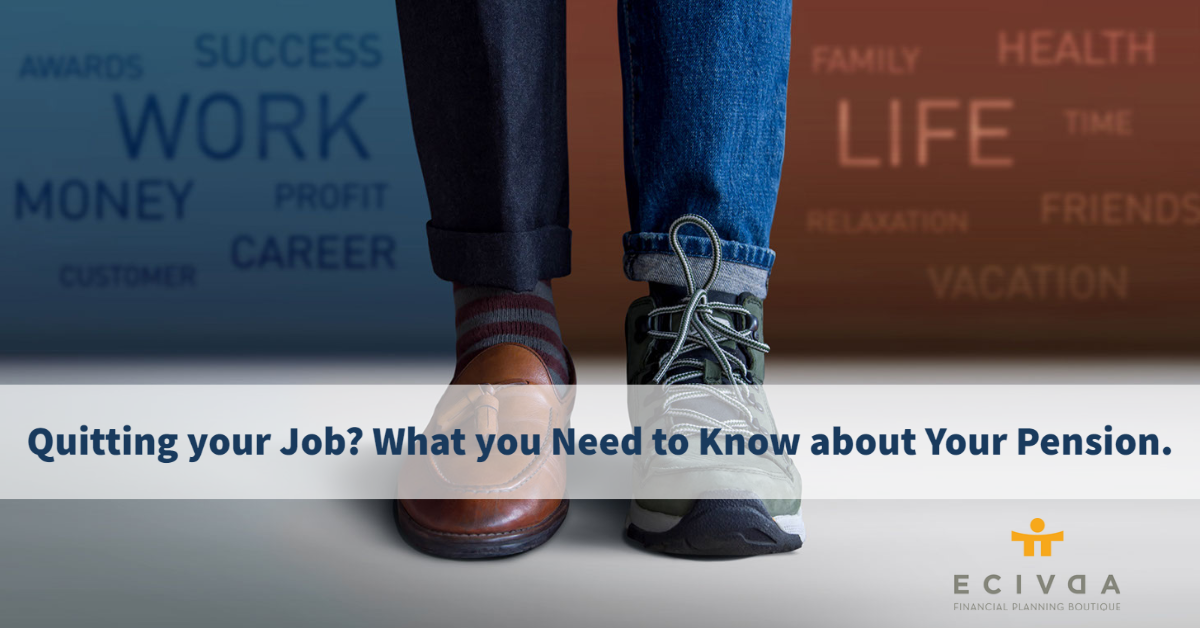EMPLOYEE COMPENSATION – What is Fair?
 By: Brian Adams CLU, C.H.F.C.
By: Brian Adams CLU, C.H.F.C.
Every employer wants to fairly compensate their employees well. At the same time, they do not want to give away the farm as the expression goes.
When you pay an employee with salary, there are a lot of additional costs that comes along with that in the form of, such things as, EI, CPP, WSIB, and payroll tax. This means “that raise” ends up costing you more than what you originally intended.
There are also additional costs that are passed on to the employee as well, such as EI, CPP, and income tax. The tax factor becomes greater for the employee, meaning he/she does not get the intended benefit you wanted them to receive. So, imagine what they think of your raise now?
Also, keep in mind that CPP and EI costs are going up for 2023 for both parties. Here is an excerpt from the CTV news release published on Dec 30, 2022:
CTV News – Published Dec. 30, 2022
Higher Payroll Deductions
Canada Pension Plan (CPP) contributions and employment insurance (EI) premiums are increasing in 2023, meaning less take-home pay for Canadian workers.
The employee and employer CPP contribution rates will increase to 5.95 per cent in 2023 from 5.70 per cent in 2022, the Canada Revenue Agency announced in November. Click HERE to read more on this.
That means the maximum employee contribution to the CPP plan for 2023 will be $3,754.45, up from $3,499.80 in 2022.
In a separate notice, the federal government said that changes to employment insurance rates will result in workers paying a maximum annual EI premium of $1,002.45 in 2023, compared to $952.74 in 2022. Click HERE to read more on this.
Well, there is a way to offer your employee more whereby it is a win/win situation for both parties:
Employee Benefits!!!
When you, as an employer, contribute that same amount of money to either a group or pension plan, the employee gets the full benefit you intended and there are no other costs to you (other than the 8% Ontario sales tax on the premium). And even better news… your whole contribution to the benefit package is a write off for the business!
Book an appointment with us to discuss setting up an employee benefits plan for your business!

